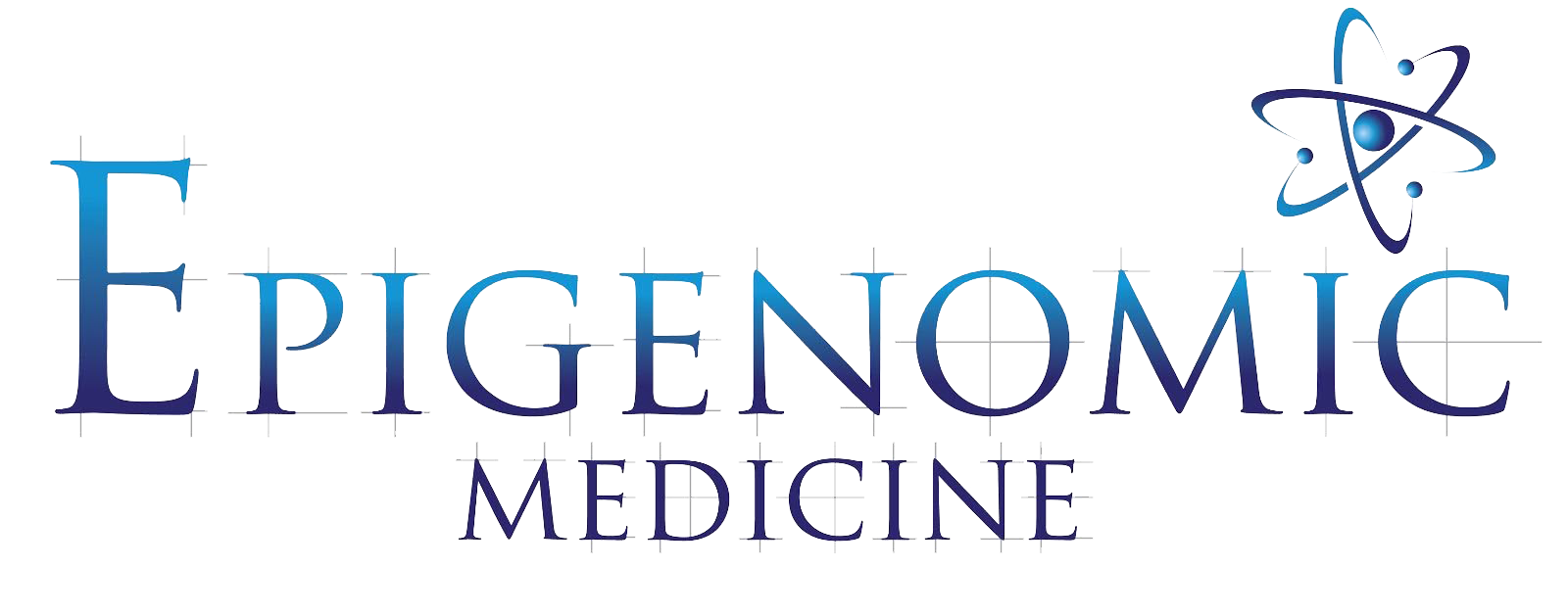as a simple yet powerful barrier against the transmission of the virus. These protective coverings offer a two-fold benefit, both in preventing the wearer from spreading respiratory droplets and in reducing exposure to infectious particles.
Firstly, masks act as a shield, capturing respiratory droplets expelled when talking, coughing, or sneezing. Since COVID-19 primarily spreads through these droplets, wearing masks greatly diminishes the chances of an infected individual transmitting the virus to others. This is particularly crucial considering the high rate of asymptomatic transmission, where individuals may unknowingly spread the virus. Masks serve as a collective defense, not just protecting the wearer but also safeguarding those around them.
Secondly, masks serve as a barrier against inhaling infectious droplets, offering a degree of protection to the wearer. While their effectiveness varies depending on factors such as mask type and fit, even basic cloth masks have demonstrated the capacity to reduce the inhalation of viral particles. When worn consistently and properly, masks significantly lower the risk of contracting the virus, especially when in crowded or enclosed spaces where maintaining physical distance might be challenging.
Moreover, the use of masks complements other preventive measures. They supplement hand hygiene and social distancing practices, forming a comprehensive approach to mitigating the spread of COVID-19. In combination with vaccination, masks contribute to a layered defense strategy that has proven effective in controlling outbreaks and limiting the impact of the virus on communities.
However, it’s essential to acknowledge that the effectiveness of masks relies on their proper usage. Ensuring a snug fit, covering both the nose and mouth, and regular replacement or washing of reusable masks are crucial aspects of their efficacy. Additionally, the type of mask matters, with some offering higher filtration capacities than others. N95 respirators, for instance, provide a higher level of protection compared to cloth masks, especially in high-risk settings.
The usefulness of masks goes beyond the current pandemic, extending to potential future outbreaks or respiratory illnesses. Their adoption has not only shown efficacy against COVID-19 but also raised awareness about the importance of respiratory hygiene in everyday life.
In conclusion, masks have proven to be invaluable tools in the fight against COVID-19. Their role in preventing the spread of the virus, both by reducing transmission from infected individuals and protecting wearers from inhaling infectious particles, underscores their significance in public health strategies. Embracing mask-wearing as a collective responsibility can continue to be a vital measure in safeguarding communities worldwide.

